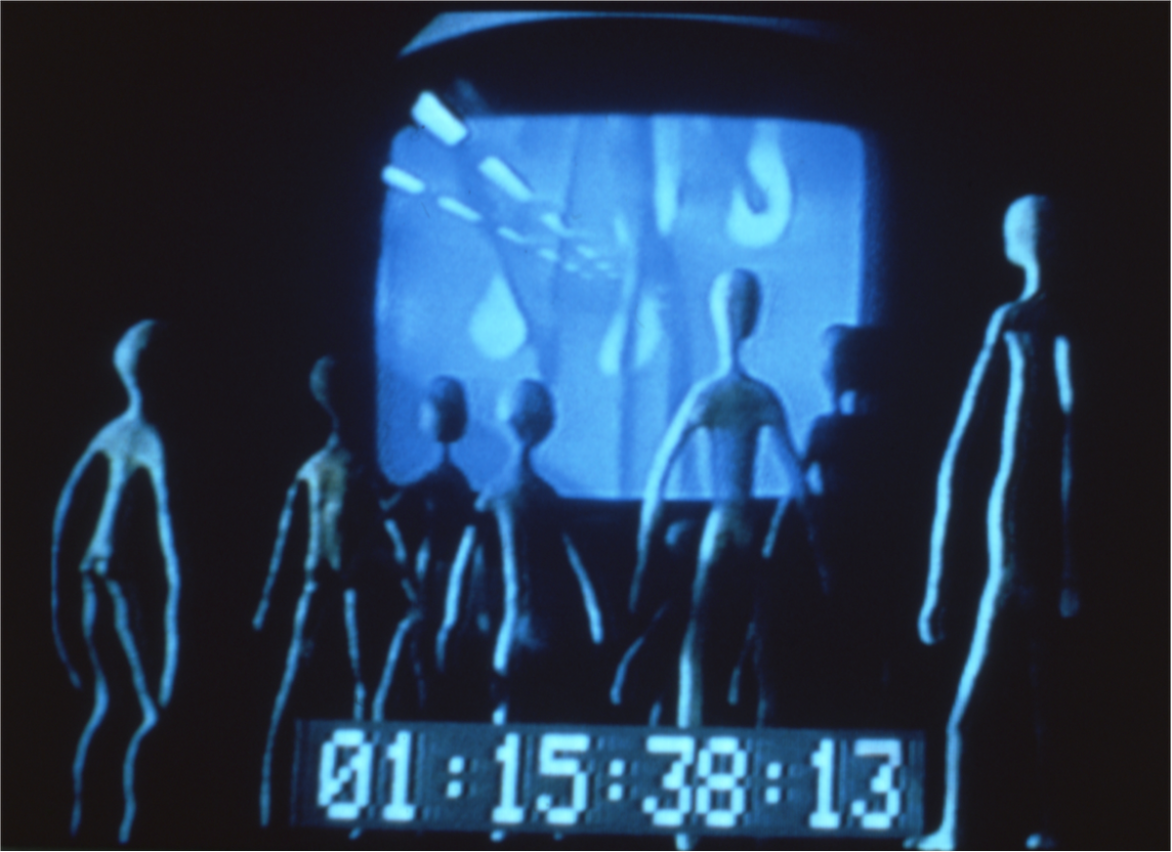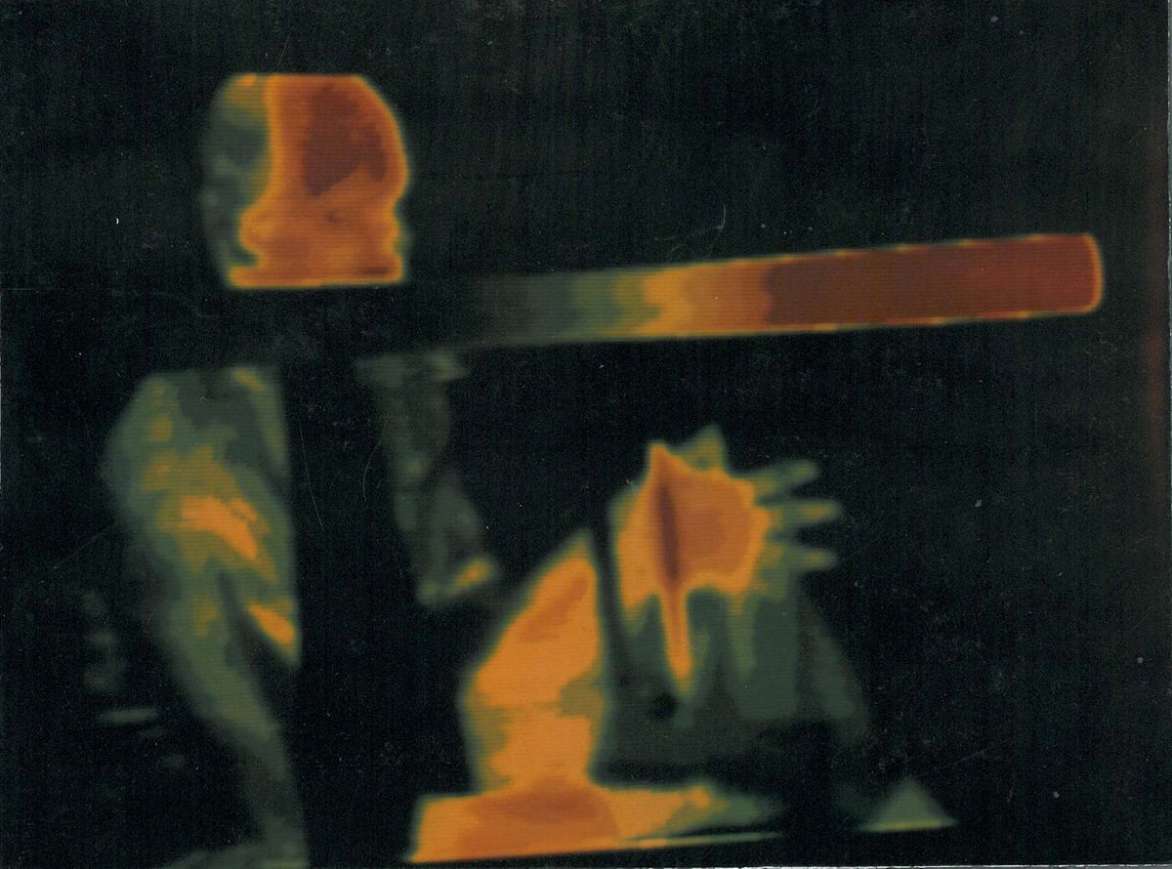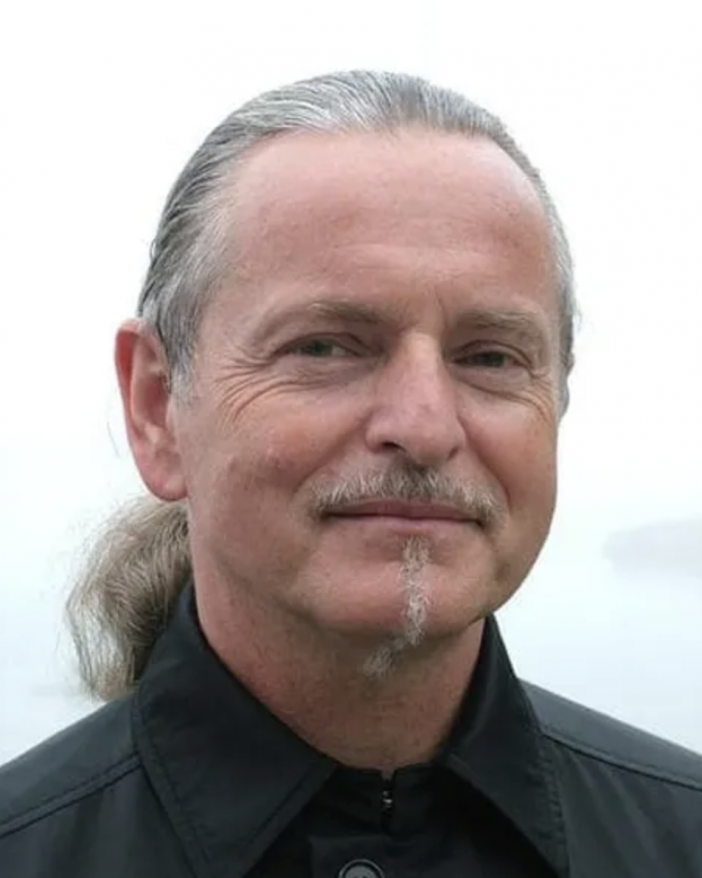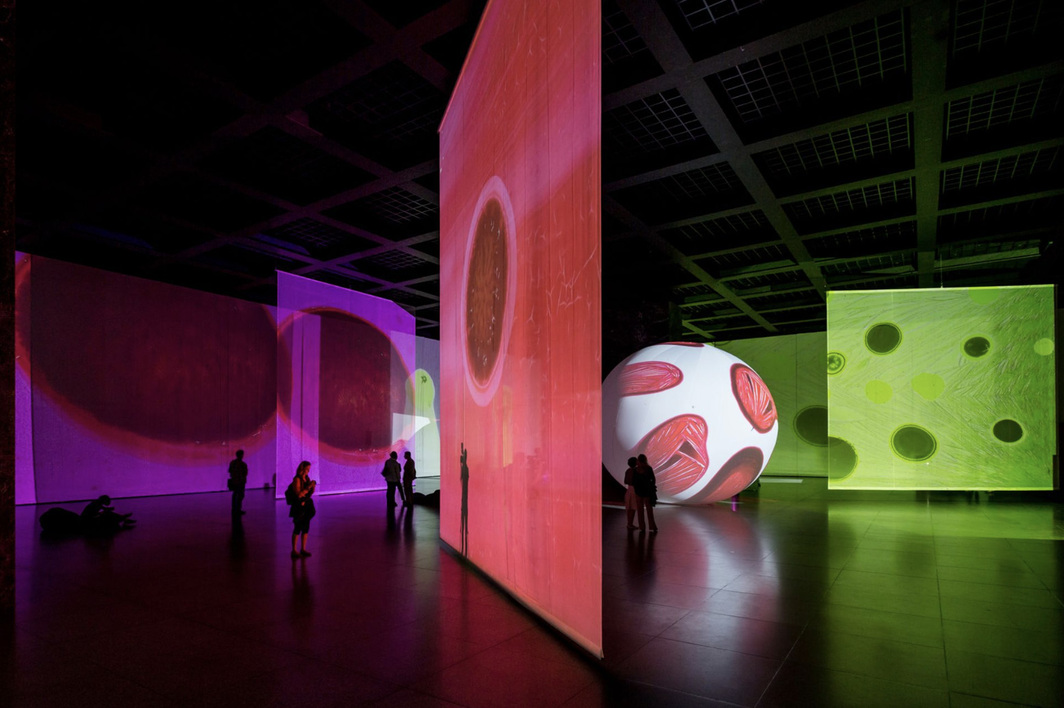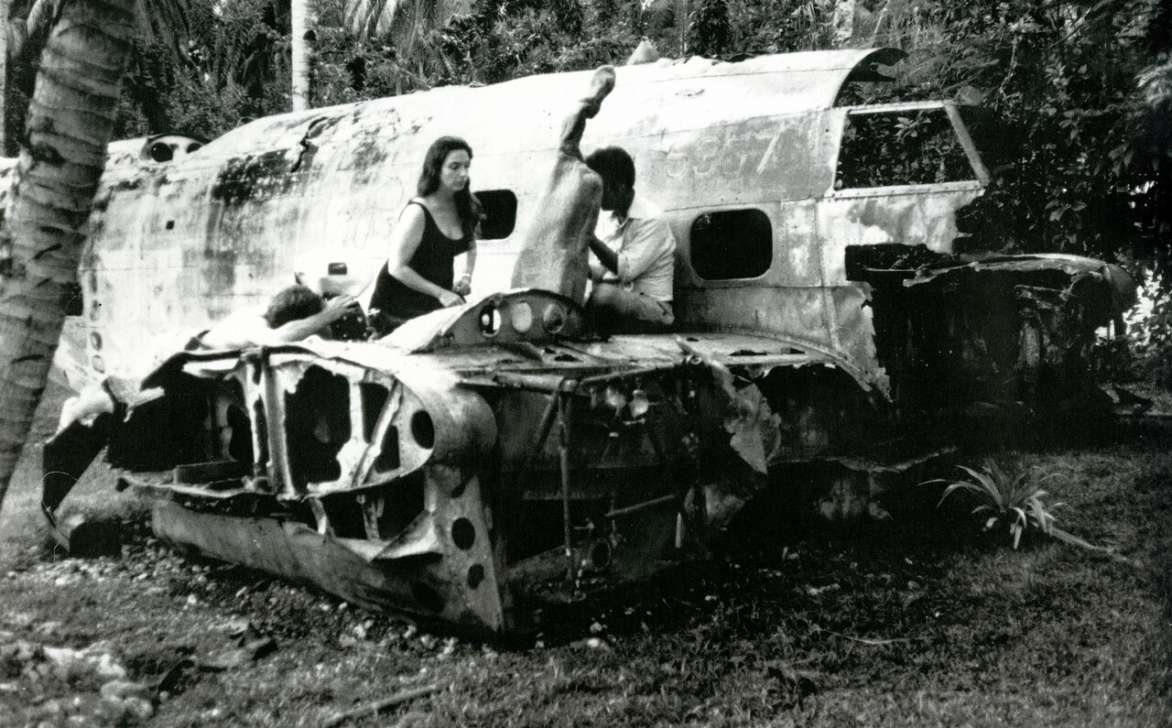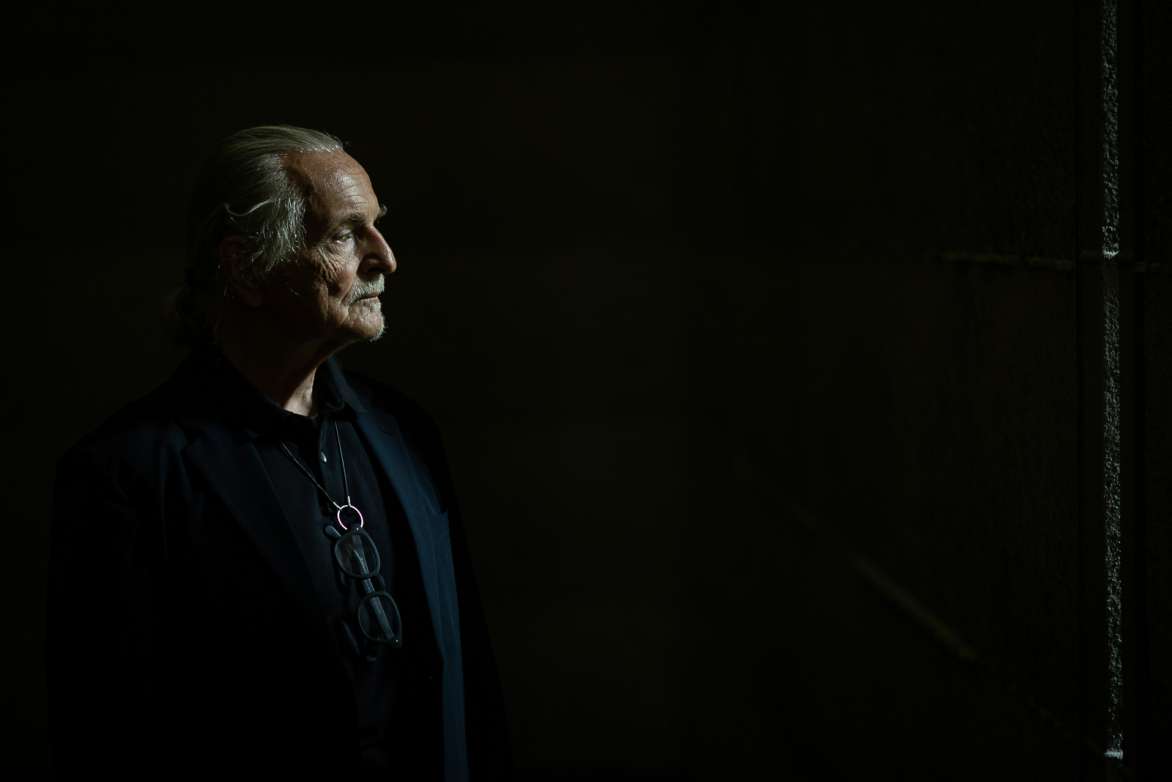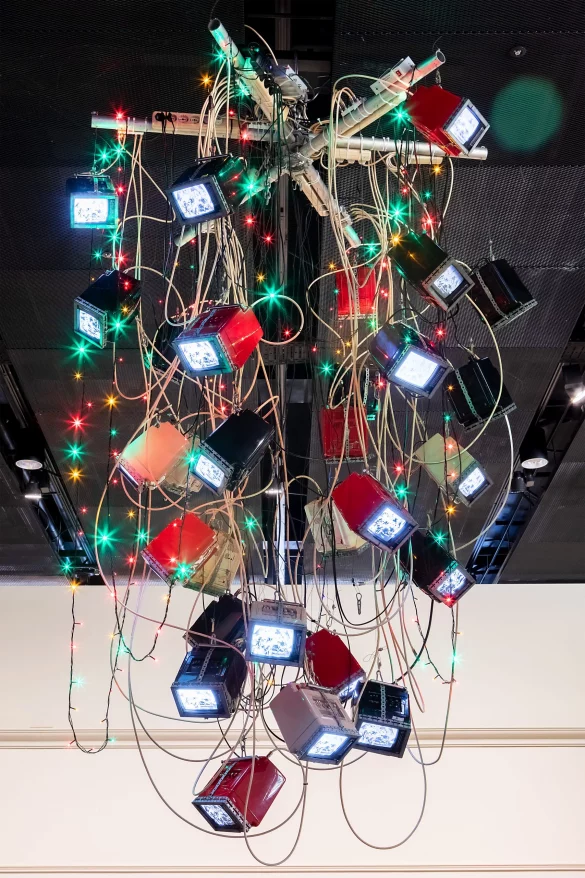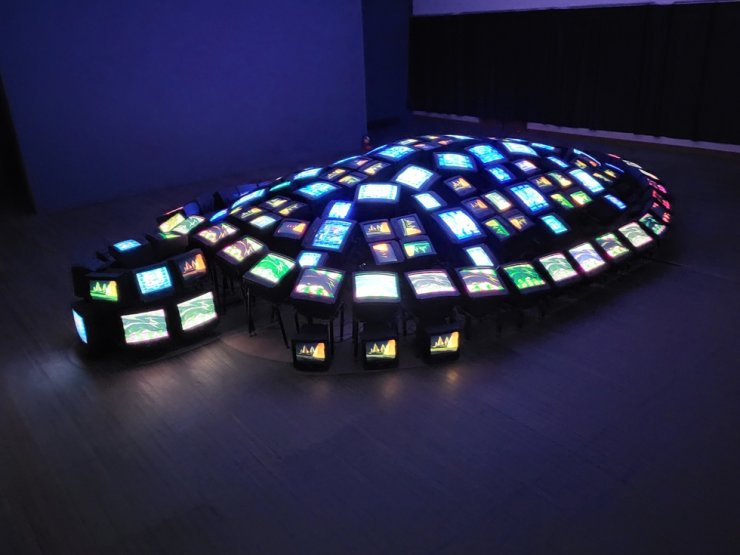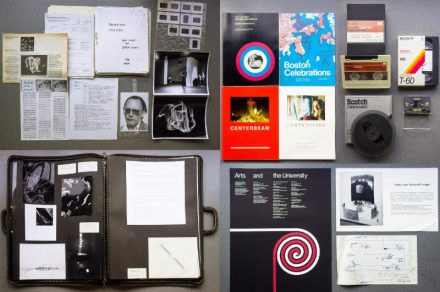The Center for Advanced Visual Studies (CAVS) was founded at the Massachusetts Institute of Technology in 1967 by Professor György Kepes. The Center emphasized collaboration across previously disparate fields in order to seek out the potential of emerging technologies in the process of creating works of art on a civic scale. Artists, scientists, engineers, and designers were selected to come to the Center as fellows, and pursue both individual and collaborative projects. Many of the first generation of CAVS Fellows focused on techniques and technologies such as light art and kinetic sculpture.
In 1974 Otto Piene, the first international CAVS Fellow, became director after Kepes’ retirement. Piene would direct the Center for 20 years until his own retirement in 1994. Piene’s leadership saw a new era of CAVS- a formalization of the academic program as the Master of Science in Visual Studies became MIT’s first graduate degree in the arts. CAVS Fellows took part in more frequent and higher profile projects, such as the Centerbeam kinetic sculpture featured at documenta 6 in 1977 and again on the National Mall at Washington, DC in 1978. The Center also hosted a series of conferences on Sky Art (a term coined by Piene to describe projects using the sky and space as a canvas and/or medium). During Piene’s tenure, the scope of technologies explored by CAVS Fellows broadened to include steam, laser, holography, environmental sculpture, computer graphics and animation, video, laserdisc, sound, performance, and dance. Following Piene’s retirement, CAVS had a series of directors including previous Fellow and Director of Projects Elizabeth Goldring, Professor and Fellow Paul Earls, holographer Steve Benton, and artist Krzyzstof Wodiczko.
In 2010, MIT merged the Center with the Visual Arts Program (VAP) to form the Program in Art, Culture & Technology (ACT). In 2018 ACT celebrated the 50th anniversary of CAVS by developing exhibitions, events, an international symposium, and a publication, all intended to explore ideas that emerged from CAVS—art and the environment, art at the civic scale, and art as it relates to the future—in a contemporary context.

